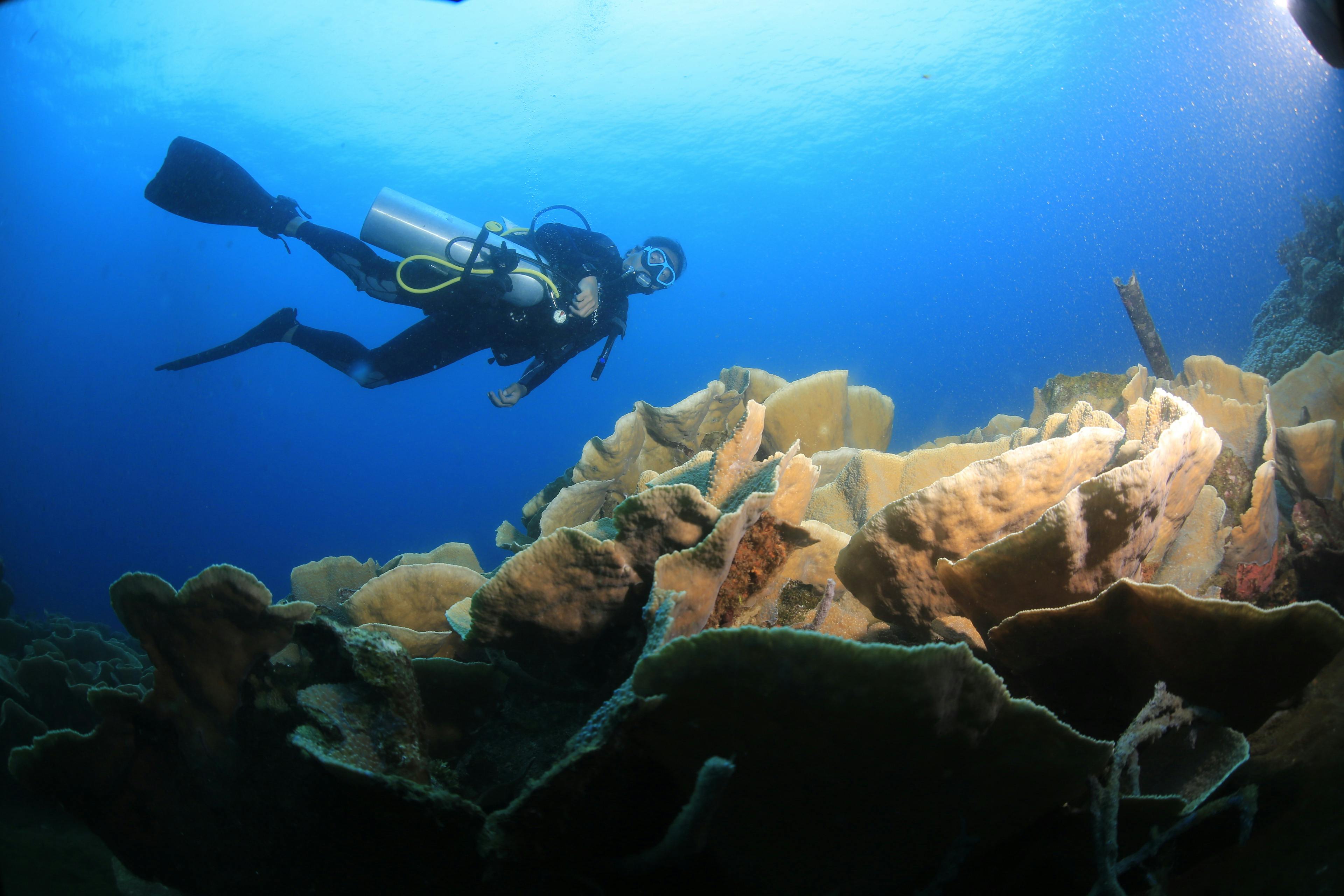
Scuba diving is considered as an underwater sport activity as it needs energy, precision, courage… Like all other sporting activities, it requires equipment such as mask, diving helmet, diving tank. In this text, let’s talk more about dive tanks.
Diving tank dimension and characteristics
dive tank, also referred as scuba tank or scuba cylinder, is a diving gear. It’s a little container useful for transporting high pressure gas.
Length and diameter
The dimensions of the tanks are differentiated by their length and diameter. The standard dimension is AL 80 at 26 inches in length and around 7 to 8 inches in diameter, it’s comfortable except that it’s a little long. The HP117 at 24 inches in length and 8 inches in diameter is big but handy. For small divers, the AL 63 and HP80 at 21 inches are a good for them. The HP100 at 24 inches is suitable for average divers and for the very small divers, the HP65 at 17 inches is a great. The biggest HP120 and the HP133 with 28 to 30 inches in length and 7-¼ to 8 inches in diameter are a bit heavy for most divers.
Divers must adapt the tank capacity to their gas needs. If you don’t stay for a long time or go deeper, it’s better to use H-valve with a single HP133. Using with just one tank rationalizes your profile and decreases the buoyancy compensation, which leads to an improvement in gas consummation. But if you choose a wreck dive or open water and want more gas, choose the double tanks HP117s.
Take note that there are no double tanks for open circuit tech dive gas requirement.
What are dive tanks made of ?
There are two types of tank materials. Aluminum and steel. The choice depends on the diver needs. Let’s see each characteristic.
Tank made by aluminum : heavier and manageable, cheaper, easy to bring as it’s heavier, its air pressure is standard (3,000 psis), economical. When it’s full, it’s negatively buoyant and positively buoyant when it’s empty.
Tank made by steel : lighter but stronger, smaller, resistant, stay negatively buoyant throughout the dive, more expensive as it’s durable and resists for a long dive with higher air pressure.
The type of gas inside a diving Tank
As you know that a scuba cylinder is filled with a mixture of breathing gas. What type of gas is it ? Pure oxygen can be toxic for divers. Gas should be mixed to avoid the toxicity. Here are some common gases which are mixed inside a diving tank : Air, nitrox, trimix and heliox.
Air : A mixture of oxygen and nitrogen, especially for up to 130 feet diving experience. Divers can’t stay longer under the sea.
Trimix : a composition of oxygen, nitrogen and helium. It’s for technical or commercial dive. When divers dive deeply, they don’t have to be worry because those gases don’t make effects to their body.
Nitrox : It’s like air mixture but the difference is that oxygen is more and less nitrogen. For that, the diver can stay underwater for a long time. We can’t use Nitrox up 112 feet.
Heliox : Unlike the trimix is also for technical or commercial dive but with just a mixture of oxygen and helium.
Each type of diving has a diving tank that is appropriate for it, so before diving, it’s always safe to check which tank are you going to use for your dive.
The duration of a tank
In one hour of diving at around 10 meters depth, the average air consummation of a diver I still water will empty a tank. All depends on your dive type and your air consumption. A specialized diver can double his time by controlling buoyancy and air breathing while saving movement.
As you already that the composition of gases is compressed in the tank. If you pressurize gas molecules, it can cause a thermal reaction. You should never have an empty tank, so it’s better to always calculate your dive. If the cylinder is totally empty, there’s no more pressure to prevent moisture from entering which can lead to leaks which in turn lead to corrosion. To avoid moisture, it’s better to leave a small quantity of air. That opens the tank valve and removes any moisture.
Can diver dive without a scuba tank ?
Yes, free diving without any gear exists. What is the difference between scuba and free diving ?
Scuba needs specific equipment and accessories which let divers to breath undersea, explore the ocean’s wonder at a certain depth. In the other hand, free diving is to dive without using any breathing gear. Divers hold their breath as they explore and return to the surface, contrary to the scuba dive, they can’t explore deeper. Diving deeper without dive tank and any scuba gear is very dangerous and requires experience and a long time of specialized training.
